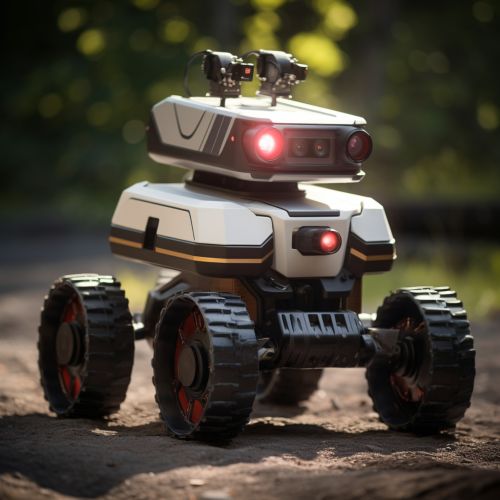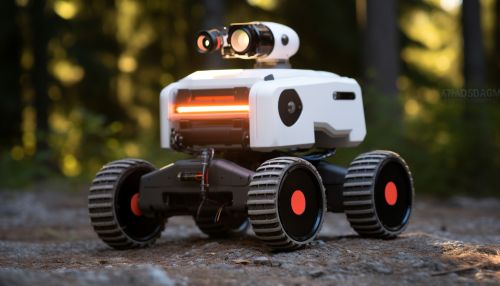Robot Navigation
Introduction
Robot navigation is a field of robotics that focuses on the control of robots to move from one point to another in an environment. This process involves perception, decision making, and execution, and it is a fundamental aspect of robotics.
Perception in robot navigation refers to the robot's ability to sense its environment. This is typically achieved through the use of various sensors, such as lidar, sonar, infrared sensors, and cameras. These sensors allow the robot to gather data about its environment, which is then used to make decisions about where to move.


Once a robot has perceived its environment, it must then make decisions about where to move. This is typically done using algorithms that take into account the data gathered by the sensors. These algorithms can be broadly divided into two categories: path planning algorithms and reactive navigation algorithms.
Path planning algorithms involve creating a map of the environment and then planning a path from the robot's current location to its destination. This is typically done using algorithms such as A* search, Dijkstra's algorithm, or Rapidly-exploring Random Trees (RRTs).
Reactive navigation algorithms, on the other hand, do not involve creating a map of the environment. Instead, these algorithms involve the robot reacting to its environment in real-time. This is typically done using algorithms such as Potential Field Methods, Vector Field Histograms (VFH), or Dynamic Window Approaches.
Once a decision has been made about where to move, the robot must then execute this decision. This involves controlling the robot's motors to move it in the desired direction. This is typically done using control theory, which involves the use of feedback loops to ensure that the robot's actual movement matches its desired movement.
There are many challenges in robot navigation, including dealing with dynamic environments, handling uncertainty in sensor data, and dealing with the computational complexity of navigation algorithms.
Dynamic environments are a challenge because they can change in unpredictable ways, requiring the robot to constantly update its understanding of the environment. Uncertainty in sensor data is a challenge because it can lead to inaccurate perceptions of the environment, which can in turn lead to incorrect decisions about where to move. Computational complexity is a challenge because navigation algorithms can be computationally intensive, requiring significant processing power and memory.
The future of robot navigation is likely to involve advances in machine learning and artificial intelligence. These technologies have the potential to improve the ability of robots to perceive their environment, make decisions about where to move, and execute these decisions. In addition, advances in sensor technology and computing power are likely to improve the ability of robots to navigate in complex and dynamic environments.
